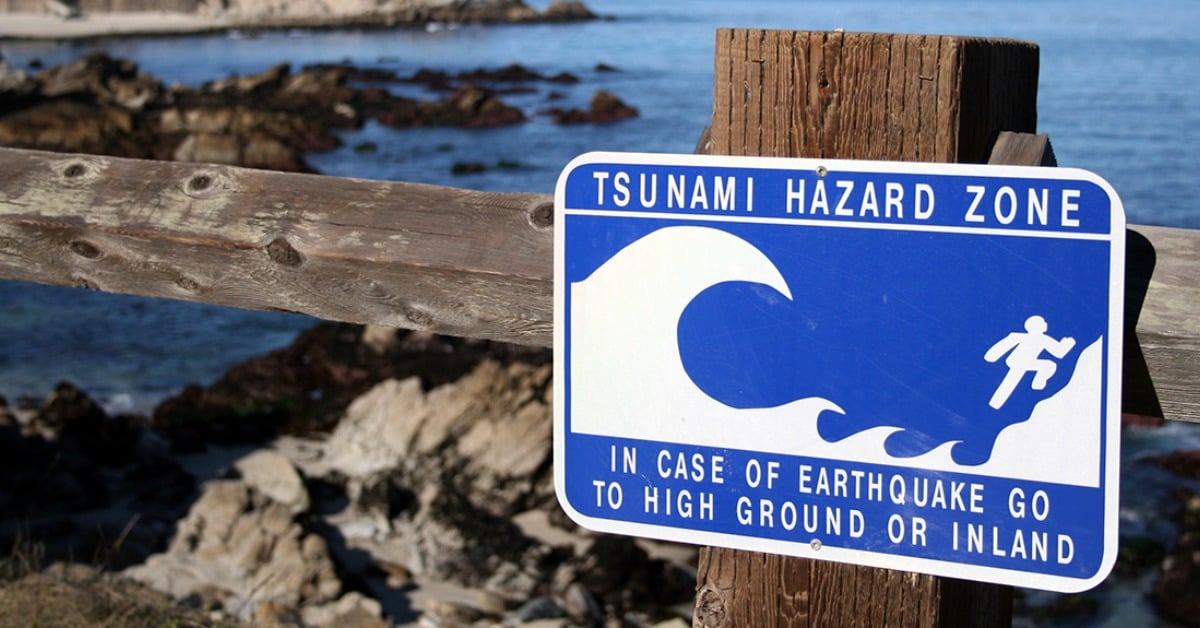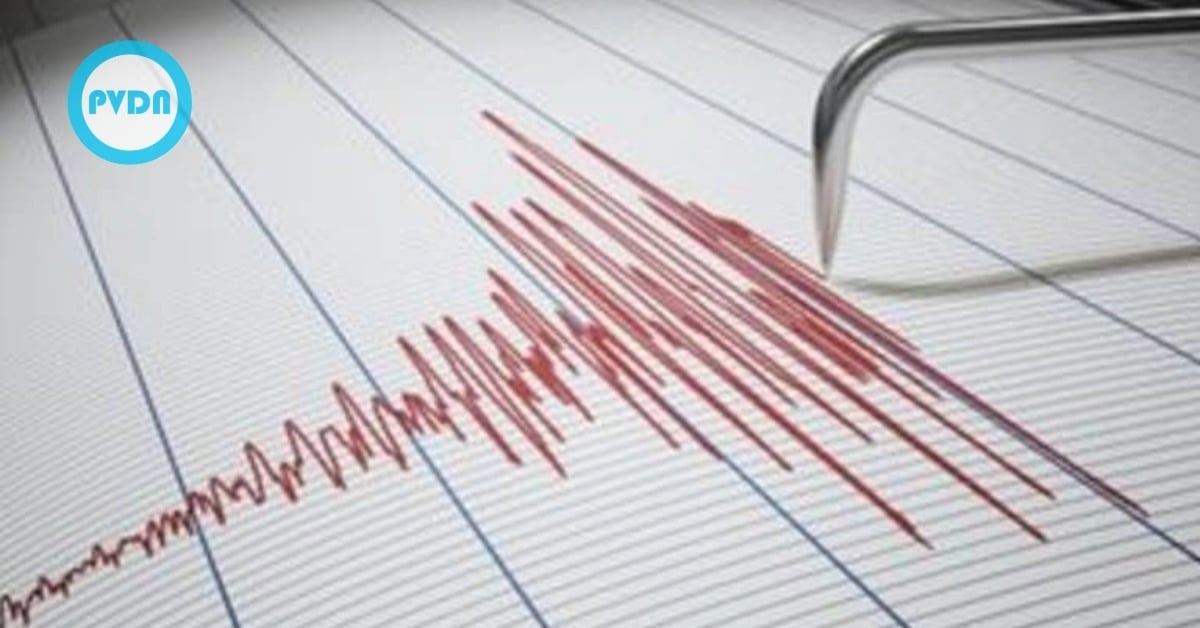Emergency alerts and coastal monitoring activated in Russia, Japan, and across the Pacific following major offshore quake Tsunami warnings were triggered across the North Pacific region early Wednesday after a magnitude 8.0 earthquake struck off Russia’s Kamchatka Peninsula, prom…


